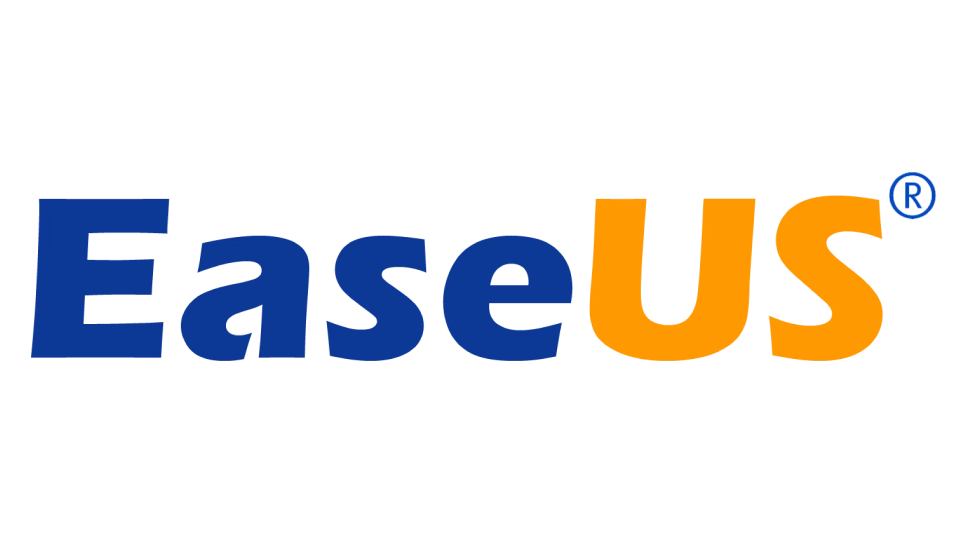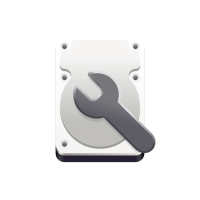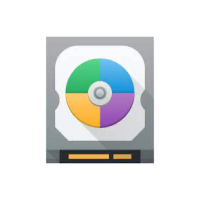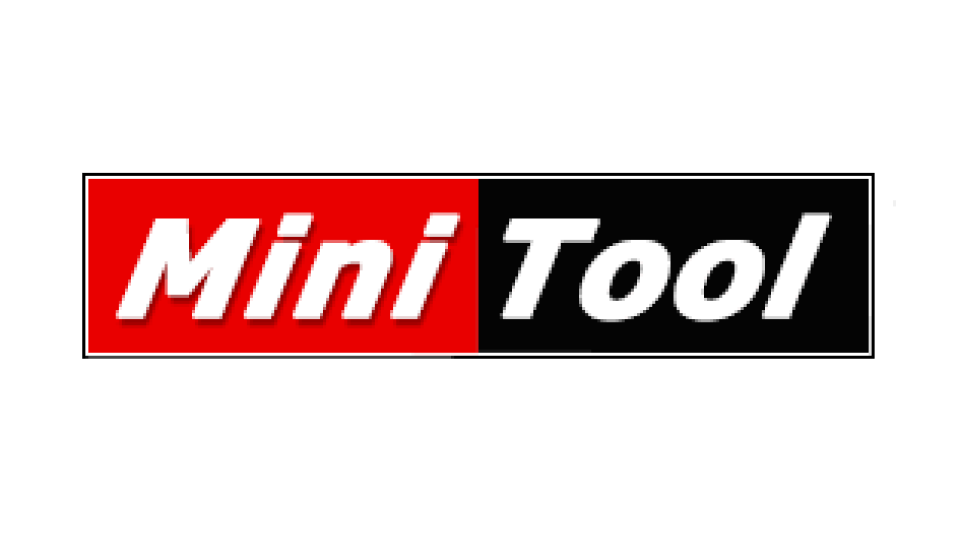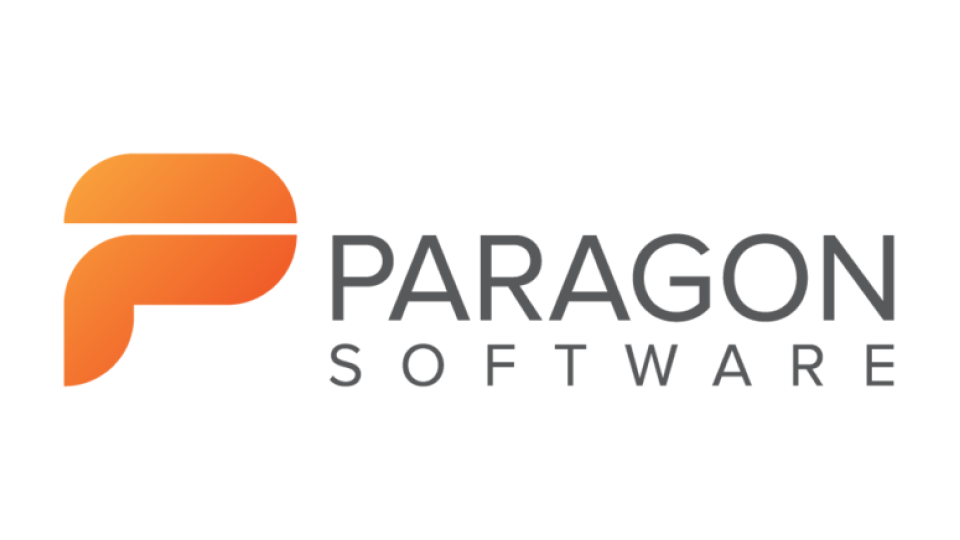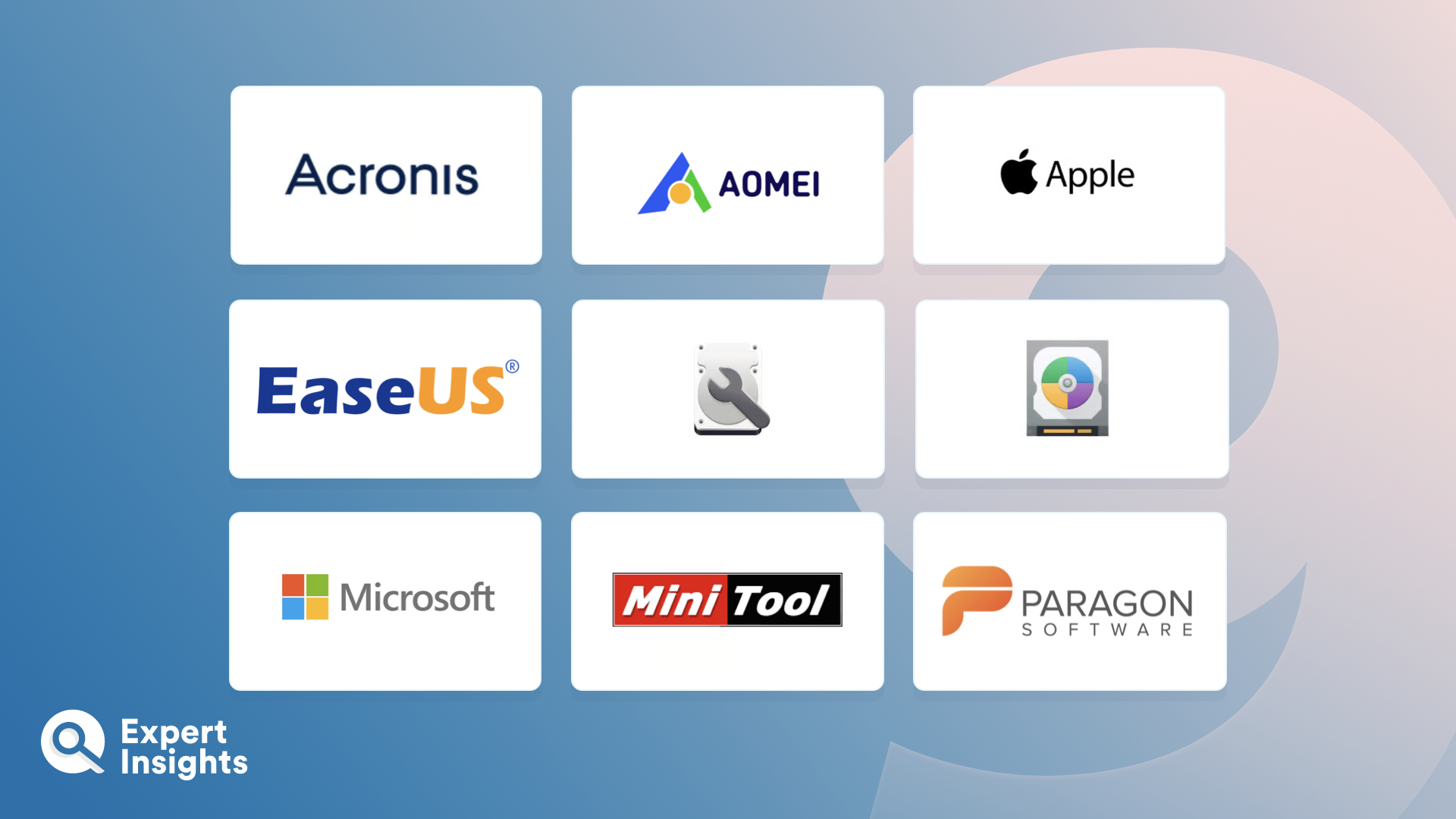Hard drive partitioning software enables users to create, resize, merge, and manage separate logical storage areas called “partitions” on their devices—effectively allowing the computer to function as though it has multiple different drives. Efficient partitioning can result in improved storage utilization, more effective file management, faster disk access, more efficient backups, and enhanced security by separating critical system files from user files. It also enables users to run multiple operating systems (OSs) on one device, which can be particularly useful for IT admins and developers who need to use software that’s optimized for different OSs, without the hassle of switching between different devices.
Partitioning software is most commonly used when setting up a new drive or wanting to reorganize an existing one. As well as enabling users to create partitions, these tools often include features that enable partition resizing, formatting, migration, cloning, and hiding, with support for multiple file system types. This makes partitioning software popular amongst users looking to optimize their storage management; professionals setting up new disks or wanting to conveniently manage multiple operating systems on a single machine; and admins who need to maintain drives for peak performance, preventing data loss, and creating backups with ease.
The hard drive partitioning software market is competitive, with different providers offering varying levels of functionality, compatibility, and support for both personal and business use cases. Some partitioning software may be bundled with other comprehensive disk and system utilities, while others are offered as standalone tools.
In this article, we’ll explore the top hard drive partitioning software to help you choose the right solution for your business. We’ll highlight the key use cases and features of each solution, including compatibility with different operating systems, supported file systems, data protection capabilities, and ease of use.






